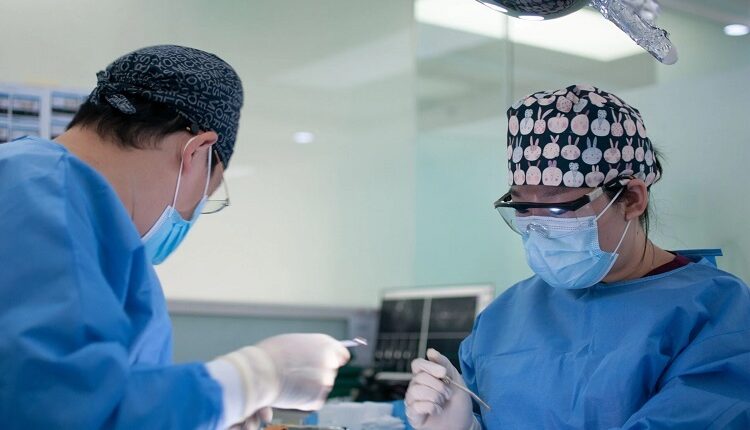Benefits of Minimally Invasive Surgery
Minimally invasive surgeries involve various techniques to operate on your body with minor damage. They are considered safer than open surgeries. Minimally invasive surgery Las Vegas involves your surgeon using small operating tools and cameras that fit through tiny cuts on your skin. These devices allow your surgeon to do surgery without opening a large section of your skin and muscle. Sometimes your specialist can use robotic assistance for more accuracy. Robotic surgery involves a video monitor where your surgeon controls a camera and automated instruments to do the operation. There are many benefits of minimally invasive surgery, and below are some.
Table of Contents
Involves many treatment procedures
Your doctor can perform various surgical procedures through minimally invasive techniques. These procedures can be done on the digestive, urologic, gynecologic systems, heart, and kidney. The main processes your surgeon can perform with robotic assistance are ovarian cyst removal, endometriosis, and ovarian cancer treatment.
Smaller incisions
Smaller incisions are a significant benefit of minimally invasive surgery. Robotic and laparoscopic techniques use unique small tools, so your surgeon can access your body parts through smaller openings. The incisions of minimally invasive surgery may be less than one inch, while those of open surgeries can be about six to twelve inches long. Some surgeries may involve multiple tiny cuts, but that is better than a long incision in open procedures.
Shorter hospital stays
Compared to traditional open surgeries, minimally invasive procedures have shorter hospital stays. Most patients can go home after spending one night in the medical facility. You may have to spend three or more nights in the hospital after open surgery. Minimally invasive surgery allows you to recover from the comfort of your home and reduces medical expenses.
Less pain
Minimally invasive surgery involves less pain and discomfort than open surgeries since fewer traumas are incurred on your body during the process. Some open surgery procedures require cutting large muscle and tissue sections leading to more pain. The instruments used in minimally invasive procedures avoid incising unnecessary tissue, leading to fewer wounds and quick healing. Faster healing reduces post-surgery discomfort and the need for pain medication.
Increased accuracy and minimal risks of complications
Minimally invasive procedures use unique cameras that give your surgeon a clear view of the body parts. These advanced devices allow surgeons to perform more delicate and complex processes appropriately. Making small incisions minimizes blood loss, which can be a severe complication during surgery. The tiny cuts also heal faster, reducing the chances of infections.
Shorter recovery time
A shorter recovery period is the most attractive benefit of minimally invasive surgeries. Small incisions and fewer traumas promote quick healing. You can return to your regular duties more quickly compared to traditional surgery. For example, you will take six to eight weeks to recover from an open abdominal hysterectomy. Minimally invasive hysterectomy takes lesser time, three to four weeks, to recover fully.
Minimally invasive surgery involves less pain, fewer complications, and shorter hospital stays. You may not qualify for this procedure if you are obese. Schedule an appointment with Darin Swainston, MD, FACOG, for minimally invasive surgery for a shorter recovery period.

